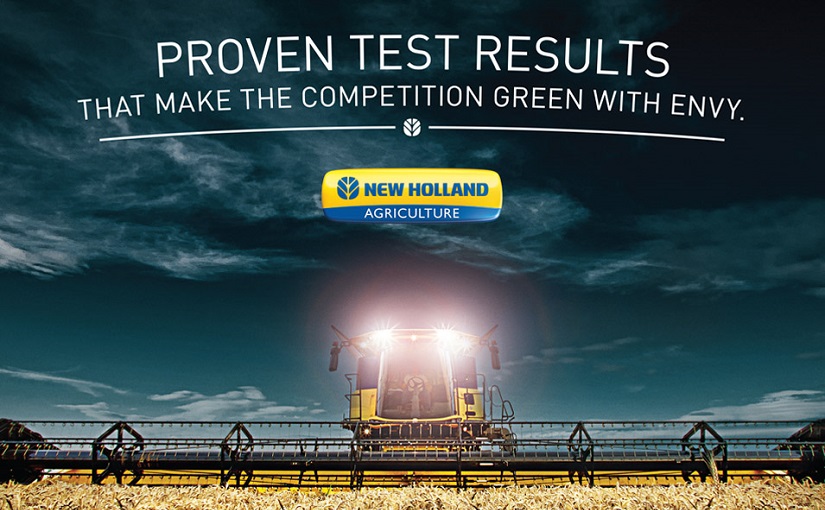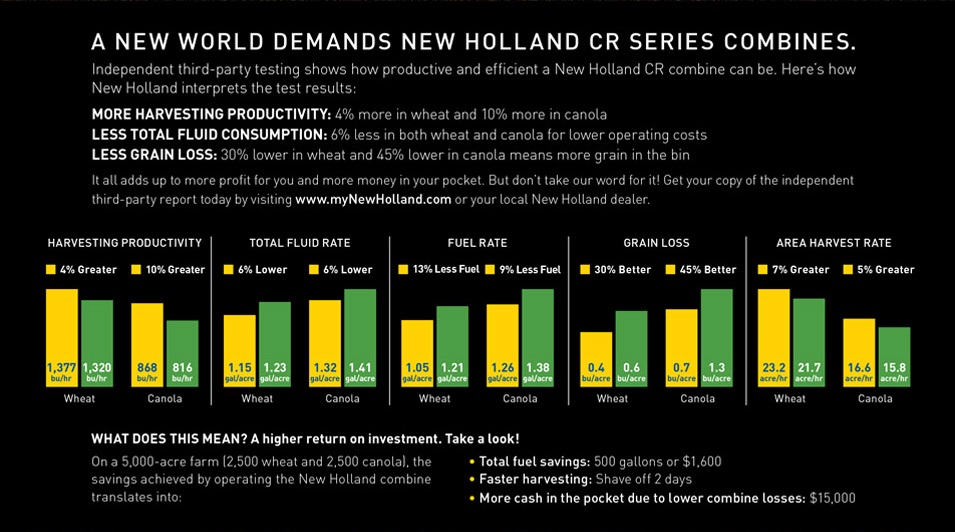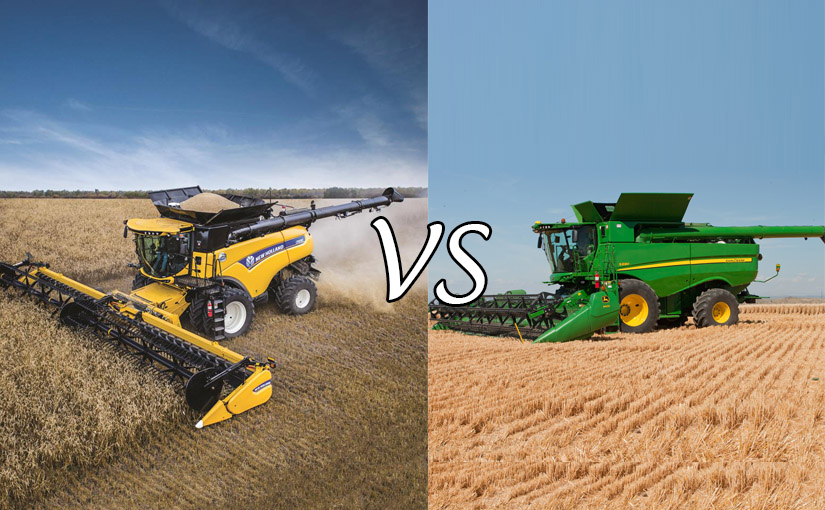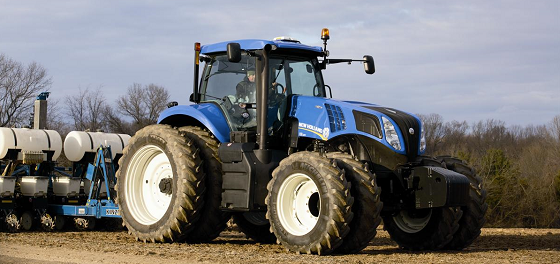New Holland uses Selective Catalytic Reduction (SCR) technology to meet mandated emission levels for engines above 175 hp. John Deere has elected to used Cooled Exhaust Gas Regeneration (CEGR) technology. We’ve seen significant improvement in fuel economy in our tractors using SCR technology over our prior Tier III powered units and we’ve had customer reports of better fuel economy with NH tractors vs. Deere Tier IVa tractors in side-by-side field use. There are issues of rpm limits and maintenance requirements with an engine using CEGR. We wanted to bring some things to the attention of customers so that a clear understanding of this engine technology might be possible. While Deere has announced that their Tier IVb solution will include SCR technology, their announcement included information that the CEGR technology will be incorporated into the engine going forward as well – meaning that two systems will have to be maintained instead of one.
Deere Auto Exhaust Filter Cleaning Mode This is from the Deere Operator’s manual and it mentions that there may be higher idle speeds induced during regeneration and that elevated exhaust temperatures are possible. Additionally, the operator may be advised to change how the tractor should be operated. With the NH tractor, the operator is always able to operate the tractor in a normal manner without being directed by the engine controller how to do things.
E-Zoil Particulate Filter Technical Bulletin This July 2011 bulletin from a respected oil additive company is very direct. It flatly states that regeneration does not remove ash from the filter.
It also states that “All DPF’s are subject to premature plugging because of ash”. If a customer is considering purchase of a used machine – regardless of brand or type of machine – using CEGR technology, it would be wise to know how the previous owner maintained and operated the machine. As you can see in other items posted here, running the engine in certain ways that would save fuel (less than 1800 rpm) will have the effect of decreasing filter life.
Deere Exhaust Filter System Overview This information is from the Deere 8000 series Operator’s Manual. It describes the modes of operation and includes mention of disabling the system when the unit is inside for maintenance as well as a ‘Parked Regeneration’. The NH engines with SCR technology can be operated normally without intervention by the operator at all times.
Deere Operating The Engine This page from the Deere Operator’s Manual (the yellow highlight is added for emphasis) clearly indicates how incorrect operation (letting an engine idle more than 5 minutes) “promotes rapid accumulation of engine sludge and fuel buildup in the exhaust system”. The New Holland SCR-equipped engines have no such operating restrictions. Note that in the paragraph following the yellow highlight there is mention of a restriction on operating the engine below 1800 rpm under heavy draft load. The New Holland Ground Speed Management, which is software that automatically selects the right RPM and gear for peak fuel efficiency, has the engine running at 1600-1650 rpm under heavy loads. We can demonstrate that fuel use for a given ground speed at 1800 rpm as opposed to 1600 rpm will vary by as much as 1/3 (less fuel efficient at 1800 rpm where the CEGR engine must be run) in some draft conditions.
Deere Parked Exhaust Filter Cleaning This information is also from the Deere Operator’s Manual. Notice that an operator may be forced to park the tractor in order to comply with a need to do a parked regeneration that may last beyond 40 minutes. While this regeneration is going on, fuel is being used and no work is being done and the operator is non-productive. The New Holland SCR-equipped machines have no parked regeneration or any other restriction that would cause the operator to have to cease use of the machine.
Wikipedia Info This copy is from the online Wikipedia site and it refers to some pertinent regeneration issues such as Thermal Runaway and failed regenerations. The entire article – which we suggest one should read – describes much about the DPF system. It is available online at http://en.wikipedia.org/wiki/Diesel_particulate_filter.
We have customers with experience with CEGR and SCR equipped engines and we’d be happy to provide information from their experiences in real-life use of the technologies on the farm!




